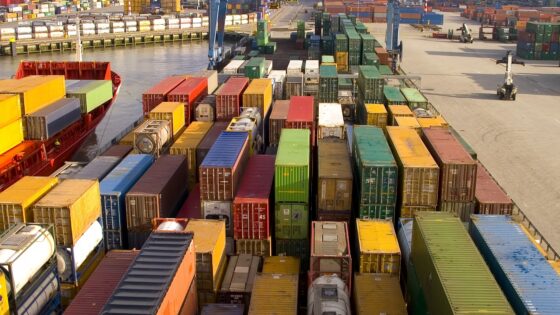Ultimate
An Extended Gate is a control center. Transport to locations in the hinterland is managed efficiently from here with a minimum of paper documentation. A connection comprising frequent and reliable transport between sea terminals and hinterland terminals. An Extended Gate principle for use in the hinterland, where multi-modal choices can again be made is developed in this project. The project is completely in line with the demands of worldwide supply chains, optimizes the use of the available information and releases the operational and administrative bottlenecks in sea ports. The project continues to explore new ideas for cooperation between the operators.
Businesses in the Netherlands play an important role in a large number of global supply chains. This position is the result of centuries of trading activities, one of the largest ports in the world, a strong fiscal-financial infrastructure, and a strong and innovative logistics industry. Chain innovations that are initiated by “supply chain owners” often find their focal point in the Netherlands. Different firms in multimodal hinterland networks, such as terminal operators, freight forwarders, information service providers, infrastructure managers, shippers, and receivers, all aim to contribute to a better performance of the overall supply chain.
This ambition releases serious and unexplored challenges, but they are also tremendous opportunities for developing a sustainable competitive advantage for the Netherlands as the gateway to the European hinterland.
The seamless flow of goods from seaports to locations far into the hinterland will be a major enabler in preventing negative external effects from interrupting the transport, such as congestion in seaports, congestion on motorways due to too high a volume of transport traffic, and enhance the competitiveness of multimodal inland nodes for warehousing and value added activities.




